If you thought your favorite McDonald’s treats were safe from scrutiny, think again. The FDA just put several colorful fan-favorites under the microscope—and the reason might make you second-guess that next order. From neon-hued drinks to candy-swirled desserts, these menu staples are getting flagged for their artificial dyes, many of which are now on the chopping block. It’s all part of a sweeping move to phase out synthetic food coloring tied to potential health risks. So before you sip that Shake or spoon into a McFlurry, check if your go-to order made the list—and what’s replacing it soon.
1. Shamrock Shake’s Green Days Numbered
Every March, fans countdown to the minty green sensation that signals spring is coming. Unknown to most Shamrock Shake enthusiasts, that vibrant green hue comes from Blue 1 and Yellow 5—two synthetic dyes now facing FDA elimination.
The seasonal favorite has been a McDonald’s staple since 1970, but its signature color will need a natural makeover. Food scientists suggest spirulina or matcha might replace the artificial colors, though achieving that same eye-catching shade could prove challenging.
McDonald’s hasn’t yet announced how they’ll reformulate this St. Patrick’s Day tradition. The flavor shouldn’t change significantly, but longtime fans might notice a more subtle green tint when the shake returns next year. The minty taste we all love will likely remain intact.
2. Hi-C Orange Lavaburst’s Glow-Up Challenge
Remember that fluorescent orange drink that practically glows in McDonald’s clear cups? Hi-C Orange Lavaburst gets its almost supernatural brightness from Red 40 and Yellow 6, two dyes now on FDA’s chopping block.
Kids have been mesmerized by this vibrant beverage since it joined McDonald’s drink lineup. The unnaturally bright color has become part of its appeal, making the reformulation particularly tricky. Natural alternatives like beta-carotene or paprika extract simply can’t achieve the same electric orange intensity.
McDonald’s will face a tough choice: accept a more subdued color or potentially discontinue this menu staple. Parents might appreciate a more natural alternative, but children accustomed to that vivid orange might need time to adjust to a less dramatic hue in their Happy Meal drink option.
3. Strawberry Sundae’s Rosy Outlook Dimming
That brilliant red sauce cascading over vanilla soft serve isn’t colored by actual strawberries. The Strawberry Sundae’s vivid topping relies heavily on Red 40, a petroleum-derived dye the FDA plans to eliminate.
The synthetic color gives McDonald’s strawberry topping its consistently bright appearance regardless of season or strawberry quality. Natural alternatives like beet juice or actual strawberry concentrate would create a more burgundy or pinkish tone rather than the candy-apple red customers are used to seeing.
McDonald’s will likely need to educate consumers about the new, more natural look. The good news? A reformulation might actually improve the flavor profile by incorporating more real fruit. Imagine a slightly darker but more authentic strawberry experience—a trade many health-conscious consumers would happily make.
4. M&M McFlurry’s Rainbow of Risks
Those colorful candy pieces swirled into your creamy McFlurry aren’t just bringing sweetness—they’re packed with artificial colors now under FDA scrutiny. The iconic M&M’s contain a chemical rainbow including Red 40, Yellow 5, Yellow 6, Blue 1, and Blue 2, all targeted for phase-out.
Many customers don’t realize these petroleum-derived dyes have been linked to behavioral issues in some children and allergic reactions in sensitive individuals. McDonald’s will need to reformulate this dessert favorite using natural alternatives like beet juice or turmeric.
The change might affect the vibrant appearance we’ve come to expect, but the taste should remain largely unchanged. Natural colorants have improved dramatically in recent years, so your future McFlurry might look slightly different while still satisfying your sweet tooth.
5. Fanta Orange’s Sunset on Artificial Brightness
The tangerine dream in McDonald’s soda fountains isn’t colored by nature. Fanta Orange achieves its sunset hue through Red 40 and Yellow dyes—both now in the FDA’s crosshairs.
Unlike actual orange juice, which varies in color seasonally, Fanta maintains its consistent bright orange appearance year-round through these synthetic additives. The beverage giant behind Fanta has already begun experimenting with natural alternatives in European markets, where regulations on artificial colors have been stricter for years.
The reformulated version might appear slightly cloudier or less vibrant. Some customers in test markets have reported barely noticing the difference, while others feel the natural version looks more appealing. Either way, your McDonald’s fountain drink selection might soon look a bit more natural but should still deliver that familiar citrus flavor you’re craving.
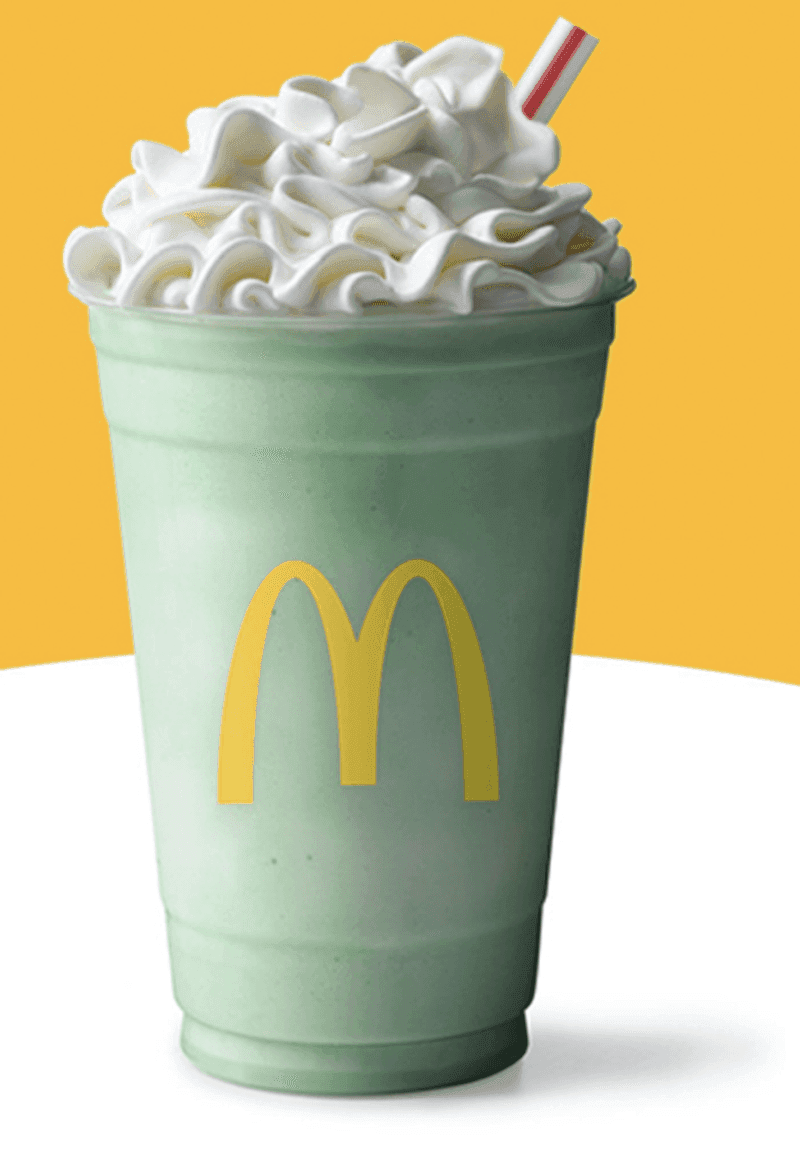
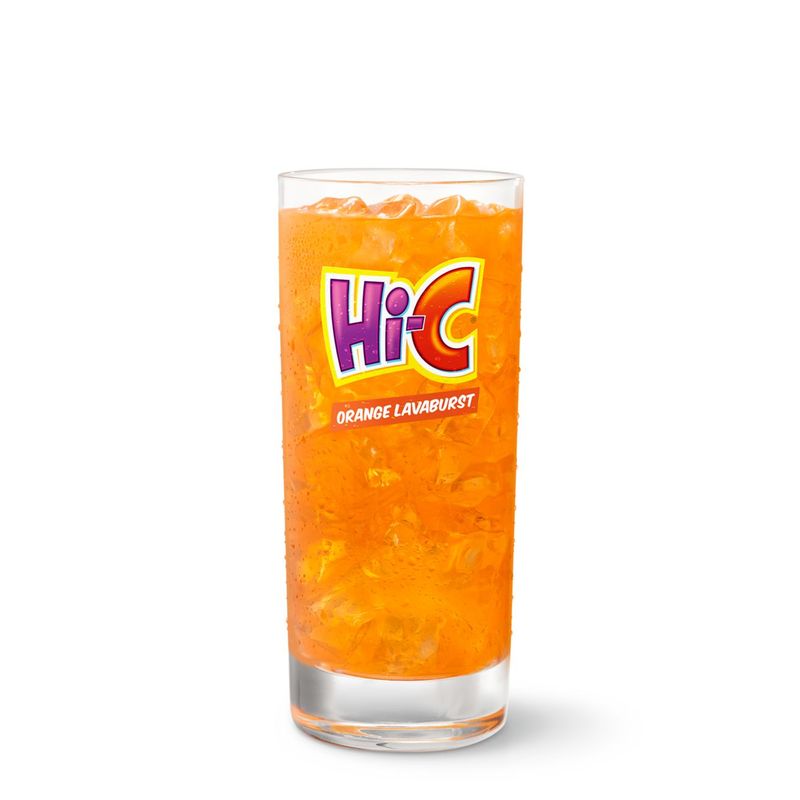
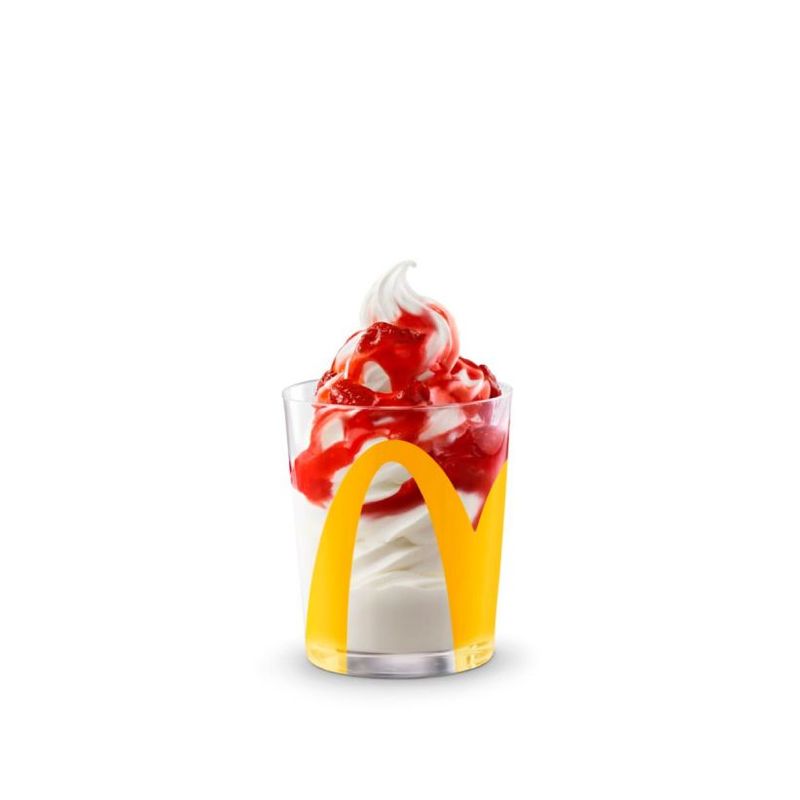
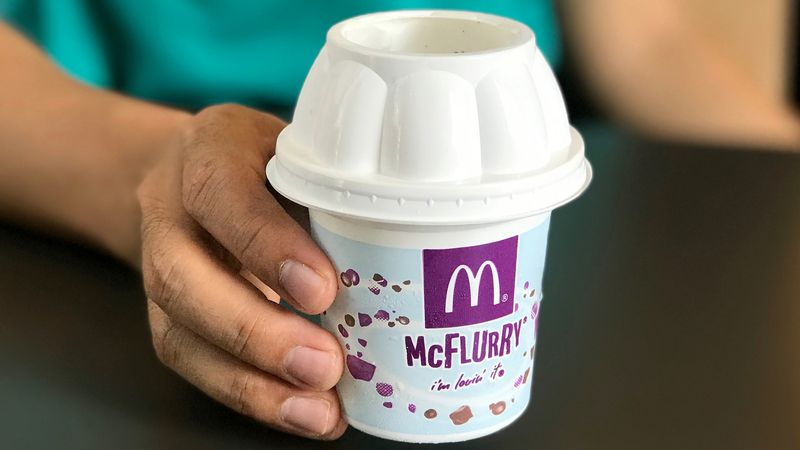
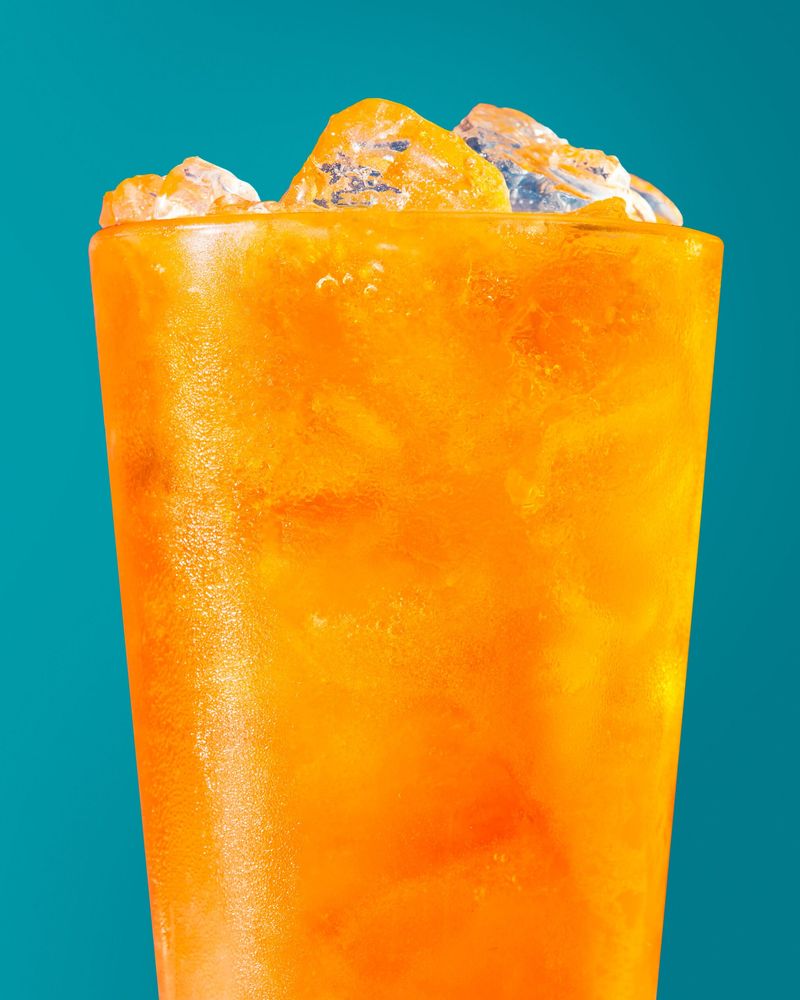
Leave a comment